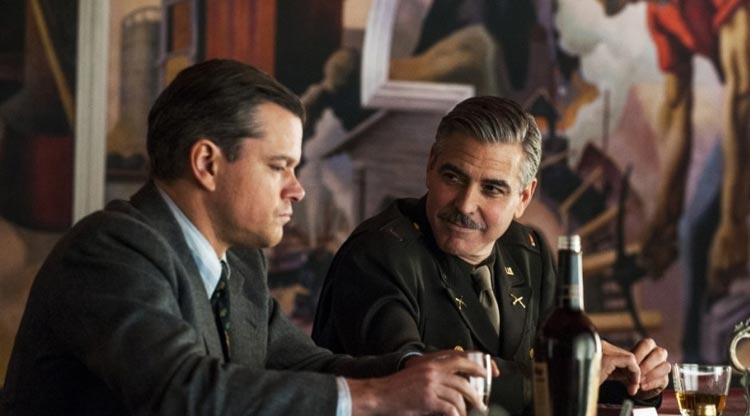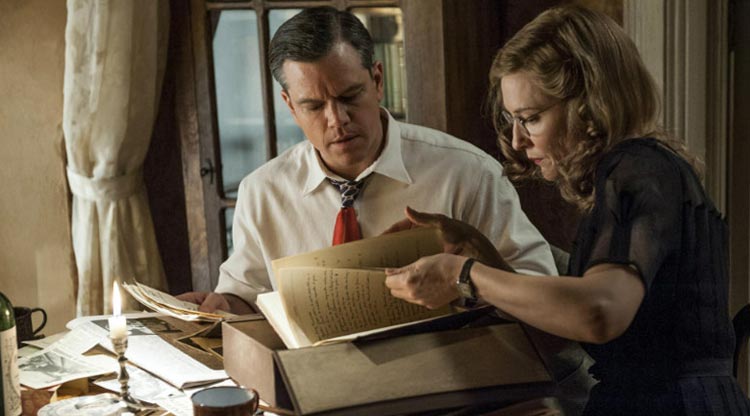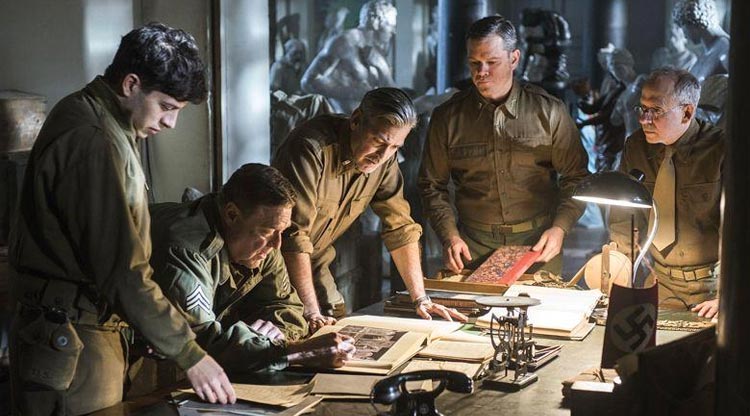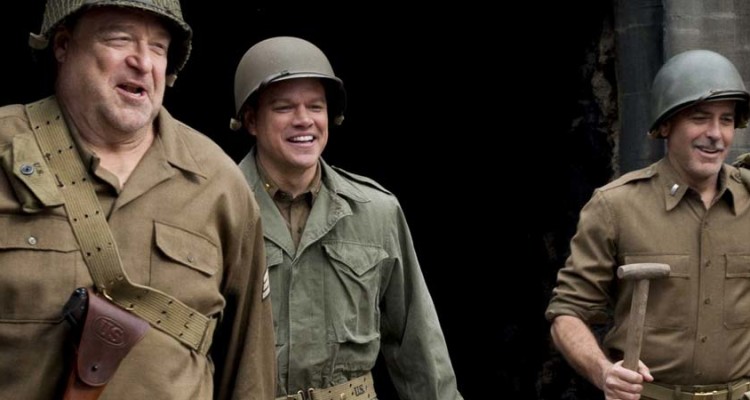You can feel the intensity with which George Clooney wants to leave an artistic mark of quality and worth. Recently, the Oscar-winning star blithely stated he “wasn’t really motivated to be the sixth banana on ‘The Facts of Life,’ but thrilled to have the job.” It is very much worth extolling how his career evolved from being that unknown television player to one of the most esteemed talents of his generation.
Bankable (even by today’s volatile studio economics), his transition to director, writer and producer played a critical role in creating the vaunted reputation he enjoys today. He can amass a group of like-minded and equally media celebrated journeymen without failure. Why? In addition to possessing a truly affable charm, Clooney’s directorial, writing and/or producer efforts personify “prestige picture” to the nth degree. When it pays off, it’s as thrilling as “Argo,” “The Ides of March,” “Good Night and Good Luck” or “Confessions of a Dangerous Mind.” When it’s not, it’s “Leatherheads.” With that in mind, it’s tough to decree “The Monuments Men” as being somewhere in the middle.

It is tempting to write that the film is the personification of what we say in Spanish, “ni fu, ni fa.” It is frustrating to note that “The Monuments Men” was absolutely built on so many good intentions and themes. Clooney is a filmmaker who doesn’t fear presenting an audience the opportunity to question their sensibilities on a socio-cultural and political level. The question posed by “The Monuments Men” is certainly profound and timely: “Would you die for art?” As presented by Clooney (along with longtime screenwriting partner, Grant Heslov), said question is answered with grace, humor and a period sense of honor. It is superbly crafted and featuring an ensemble cast possessing enough star power to light a small town. Then how is it a bit underwhelming an experience to watch?
Clooney and Heslov shrewdly attempted to turn an incredible history lesson into something akin to a great heist picture with benefits. Both men admit they were inspired by Robert M. Edsel and Bret Witter’s book to take a break from the more cynical themes they’ve explored in the past. The real life Monuments Men are a true inspiration, risking life and limb to protect the great masterpieces of Europe during World War II from the ravages of violence and Nazi-driven greed. (Modern parallels are built into this narrative, from the reality that many priceless works have yet to be returned to their rightful owners to the dismaying destruction of museums during the last Iraq war.)

Clooney leads the charge as Frank Stokes, who amasses a small, but cracker jack team of other art historians, architects, professors and more, to venture to Europe as the war comes to its painful final stages. Part of what works so well for the film is just how at home Clooney, along with co-stars Matt Damon, Bill Murray, John Goodman, Jean Dujardin (“The Artist”), Bob Balaban and Hugh Bonneville (“Downton Abbey”), are in the WWII period setting. You want these men to succeed because they are so damn likeable. Add the exquisite Cate Blanchett as a defiant French curator and you have an embarrassment of actor riches.
It’s the cool camaraderie of “Kelly’s War” and not the Danny Ocean collective that makes “The Monuments Men” sparkle with genuine warmth and humor in face of some dramatic truths and enhanced realities. Even more, Clooney and Heslov’s script comes up with scenarios that allow each actor an often moving, shining moment on screen. (Kudos to Clooney and Heslov for keeping the focus being on age-appropriate talent and not give in to the mania for youth to offset the WWII period label.) Still, the whole is not greater than the sum of its admirable parts.

Clooney and Heslov faced an insurmountable task to harness the essence of such a large and worthy story into a mainstream film to play in all quadrants. (A real feat given how certain sectors like to diminish Clooney and Company as being part of the liberal media elite.) That the sprawling nature of this narrative doesn’t allow for all of these considerable talents to share the screen together is a real liability. Even more, that Clooney and Heslov attempt to cover so much ground, from statements on the power and importance of art to the journeys experienced by all the characters, it all becomes a little cumbersome and exhausting. Perhaps the confining nature of a feature film wasn’t the right medium after all? Imagine “The Monuments Men” as a limited HBO series with this cast? Hello, Emmy calling.
In Clooney and Heslov’s quest to offer up optimism as entertainment, they seemed to have polished too much of the edge that creates great art, too. Even if “The Monuments Men” avoids being deemed a “vanity project,” it is a shame that it can’t succeed in emerging as a truly consistent movie experience. Yet, a noble disappointment from Clooney and Heslov warrants viewing and not just for a sterling ensemble cast. The essence of why these men existed in the first place will still engage you, as will witnessing the many masterpieces depicted in a moving context outside a history book or gallery catalogue. More, you just may appreciate the urgent desire of a filmmaking team to offer a reason as to why art and culture matter in an age that accepts more than it questions from its artists.
“The Monuments Men” is in theaters Friday, February the 7th.





